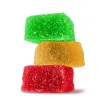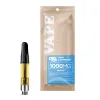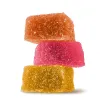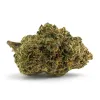These are awesome. I love the feeling that these give me. You can’t go wrong with this product
I would definitely recommend this product to anyone. Can't beat the price either! You get good products for a great price!
Good product and fast shipping. I have a subscription for this item. And I always look forward to getting it in the mail
Subscribe & Save!
Register now and receive a one time 25% discount coupon on your first purchase.
By registering you agree to our Privacy and Cookie Policy and Terms & Conditions.
Contact Us
Our agents are here to help you.















